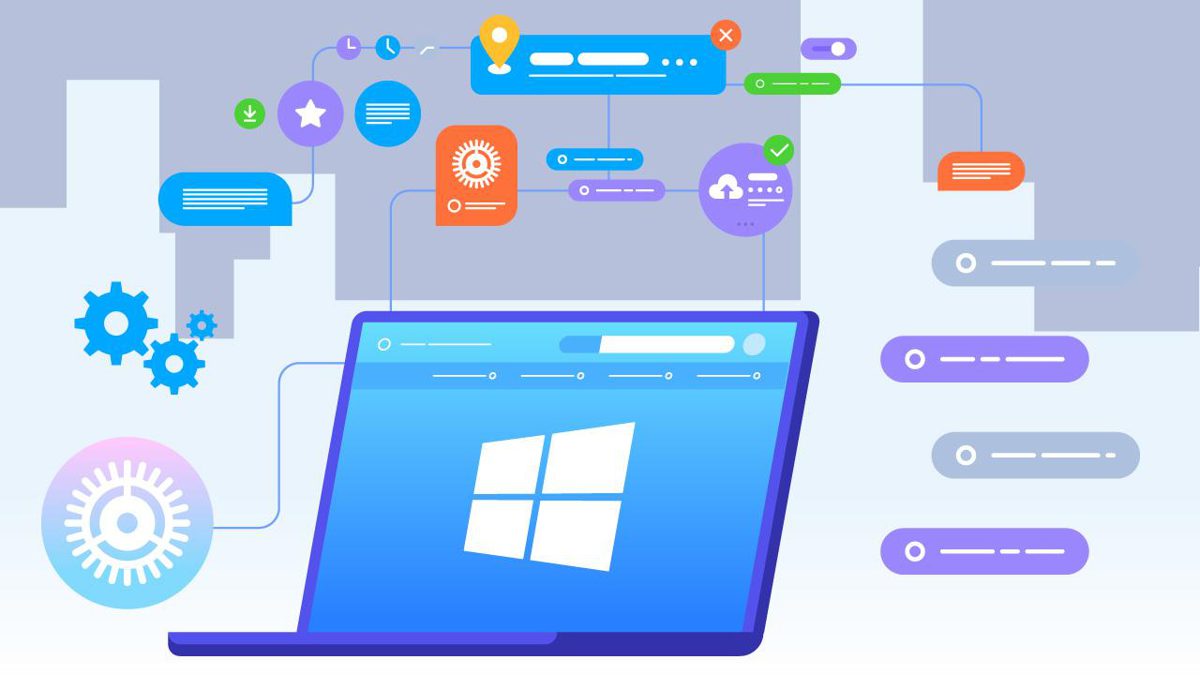In this article, we will look at the differences between open-source software vs free software vs freeware software.
While growing up and trying out various software on our computer, we often come across the terms like free software, freeware, opensource, etc but we never pay much attention to it.
A lot of people think that freeware software is the same as free software and they both mean free as in price while it isn’t true. Let’s look at each one of those and understand the differences between them.
What is Free Software?
 Free software is a type of software that gives its users the right to run, copy, distribute, study, change and improve the software. Hence, free software is more related to freedom than price so think of it as freedom of speech rather than free lunch.
Free software is a type of software that gives its users the right to run, copy, distribute, study, change and improve the software. Hence, free software is more related to freedom than price so think of it as freedom of speech rather than free lunch.
It is also called libre software where “libre” means freedom. Moreover, with free software, you even have the right to sell the software for money.
Examples: Apache Web Server, MySQL RDBMS, etc.
What is Freeware Software?
Freeware software is a type of software that is distributed to the end-user for free. However, there are some licenses and, terms and conditions which the user has to agree to. These licenses are defined by the publisher and there are no set rules for them.
Examples: WinZip, Skype, etc.
Difference Between Opensource Software And Free Software
Often, when you read the definition of open-source software over the internet, it sounds very similar to the definition of free software which you just read above. However, there are some minute differences!
Every free software is open source but not all open-source software is free software. There are many open-source software licenses and some of them are a bit restrictive making that open-source software, not free software.
One case study of such instance is “Open Watcom” as its license does not allow users to make a modified version of it and use it privately.
One more scenario we often encounter in the industry is that some programs do not allow similar programs of their kind to be installed on the user’s computer. They do it to remove the competition by blocking other software.
Popular Opensource Software Licenses
- Apache License 2.0
- BSD 3-Clause “New” or “Revised” license
- BSD 2-Clause “Simplified” or “FreeBSD” license
- GNU General Public License (GPL)
- GNU Library or “Lesser” General Public License (LGPL)
- MIT license
- Mozilla Public License 2.0
- Common Development and Distribution License
- Eclipse Public License version 2.0
A few open-source software licenses are “copyleft” which means they can be used to create software that might not be open-source. For example, BSD.
History
The free software movement started back in 1983. In 1984, GNU free operating system was launched and came as a substitute for non-free operating systems. Later, the GNU General Public License (GNU GPL) was also launched as well.
However, in 1998, a new term “open-source” came into the market. Deriving from the same concept of free software, it had a different philosophical viewpoint. Later, the open-source movement became all about producing high-quality software by collaborating with people worldwide.
Conclusion
Freeware software is an entirely different category of software which are distributed free of cost. On the other hand, free and open-source software is somewhat similar with a few small differences.
Free software has no restrictions while open-source software does apply a few restrictions to the users sometimes.
I hope you finally have a clear understanding between opensource, free, and freeware software. If you liked this post, do share it with your friends, and don’t forget to leave a comment if you have some questions. To learn more about software, check out our other blogs by clicking here!